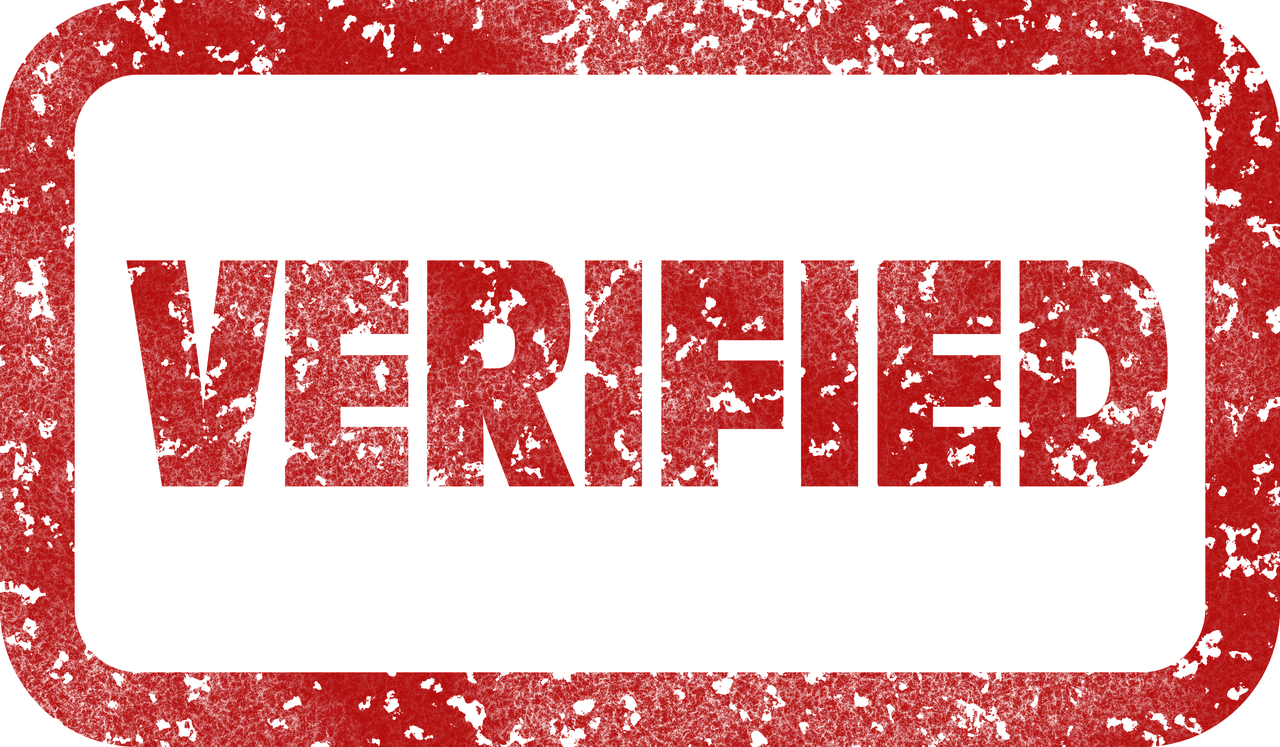In the vast world of social media and online platforms, the blue verification badge has become a symbol of credibility and authenticity. If you’ve ever noticed the small blue checkmark next to a user’s name on platforms like Twitter, Instagram, or Facebook, you’ve encountered what’s commonly referred to as “blue verification.” But what does it really mean, and why is it so important in the digital age? Let’s explore the ins and outs of blue verification and why so many people strive to earn that coveted checkmark.
What Is Blue Verification?
Blue verification is a feature offered by many social media platforms to indicate that an account is authentic. This means the account genuinely belongs to the person, brand, or organization it claims to represent. The blue checkmark next to a username signifies trustworthiness and authority, making it easier for users to identify credible sources amidst the clutter of fake accounts and impersonators.
For individuals like celebrities, public figures, and influencers, blue verification is a way to protect their online identity. For brands, it establishes credibility and helps foster trust among customers. It’s not just a symbol; it’s a tool for maintaining authenticity in the ever-growing digital landscape.
The Evolution of Blue Verification
The concept of verifying accounts started with Twitter in 2009 as a response to the increasing number of fake accounts impersonating public figures. Over time, other platforms adopted similar verification systems, each with their own criteria and processes. While the blue checkmark has evolved over the years, its purpose remains the same: to distinguish real accounts from impersonators.
Today, blue verification is not just limited to public figures and celebrities. Many platforms now allow professionals, journalists, and businesses to apply for verification. This shift reflects the growing importance of authenticity in online interactions.
Why Does Blue Verification Matter?
In a world where misinformation and fake accounts are rampant, blue verification serves as a beacon of trust. For users, it means they can rely on the information shared by verified accounts. For account holders, it’s a way to enhance their online reputation and stand out from the crowd.
Imagine you’re searching for information about a new product. If you come across two accounts sharing similar content, one with a blue verification badge and one without, which one are you more likely to trust? The badge acts as a shortcut to credibility, saving users time and reducing the risk of falling for scams or fake news.
How to Get Blue Verification
Earning blue verification isn’t as simple as clicking a button. Each platform has its own set of criteria and application processes. Here’s a general overview of what’s required:
- Authenticity: Your account must represent a real person, business, or entity. Platforms often require documentation to prove your identity.
- Notability: You need to be notable within your field. This could mean being featured in news articles, having a significant following, or being widely recognized in your industry.
- Completeness: Your profile should be fully completed, including a profile photo, bio, and consistent activity.
- Compliance: Following the platform’s community guidelines is essential. Any violations could hurt your chances of being verified.
Applying for verification typically involves submitting an application through the platform’s verification process. While the process can take time, meeting the criteria increases your chances of success.
The Benefits of Blue Verification
Having a blue verification badge offers numerous advantages. It boosts your credibility, helps build trust with your audience, and can even open doors to new opportunities. For influencers and content creators, it can lead to collaborations with brands. For businesses, it enhances customer confidence and can improve engagement rates.
Moreover, blue verification helps protect against impersonation. With the badge, it becomes clear which accounts are legitimate, reducing the risk of confusion among followers.
Common Misconceptions About Blue Verification
While blue verification is valuable, there are several misconceptions surrounding it. Some people believe it’s only for celebrities or that it guarantees better engagement. In reality, anyone who meets the criteria can apply, and while the badge adds credibility, it doesn’t guarantee success. It’s a tool, not a magic solution.
Another myth is that you need to pay for verification. While some platforms have introduced paid verification systems, the traditional verification process is typically free. It’s important to avoid scams or third-party services promising verification for a fee.
How Blue Verification Impacts Brands
For businesses, blue verifications is a game-changer. It not only enhances trust but also improves visibility. Verified accounts are often prioritized in search results, making it easier for customers to find them. Additionally, the badge can boost customer confidence, leading to higher conversion rates and stronger brand loyalty.
Imagine you’re looking to buy a product online. Wouldn’t you feel more confident purchasing from a verified account? The badge signals professionalism and reliability, which can make a significant difference in the competitive online marketplace.
Challenges and Controversies Surrounding Blue Verification
Despite its benefits, blue verification isn’t without its challenges. One major issue is the lack of transparency in the verification process. Many users have reported inconsistent criteria or unclear reasons for rejection. This can be frustrating, especially for those who meet the listed requirements.
Another controversy is the introduction of paid verification systems. While these systems aim to make verifications accessible to more users, they’ve also raised concerns about diluting the value of the blue checkmark. Critics argue that allowing anyone to purchase verification undermines its purpose as a marker of authenticity.
The Future of Blue Verification
As social media continues to evolve, so too will the concept of blue verifications. Platforms may introduce more stringent criteria, expand eligibility, or develop new ways to combat impersonation. The demand for verified accounts is unlikely to wane, as authenticity remains a top priority in the digital age.
Looking ahead, blue verifications may extend beyond social media. We could see verification systems implemented in other areas, such as e-commerce, online reviews, or even virtual events. The possibilities are endless, and the role of verification in building trust will only grow.
Tips for Maintaining Your Verified Status
Getting verified is an achievement, but maintaining your status is equally important. Here are some tips to keep your blue checkmark:
- Stay Active: Regularly update your profile and engage with your audience to show you’re an active user.
- Follow Guidelines: Adhere to the platform’s rules and avoid any behavior that could lead to suspension.
- Protect Your Account: Use strong passwords, enable two-factor authentication, and be cautious about sharing your login information.
Losing your verified status can be disheartening, so it’s crucial to take these steps seriously.
Why Blue Verification Is Here to Stay
In a world where online interactions are a daily norm, blue verifications plays a vital role in fostering trust and authenticity. Whether you’re an individual, a brand, or an organization, earning that blue checkmark can make a significant difference in how you’re perceived online.
As we navigate the challenges of misinformation and digital impersonation, blue verification stands as a symbol of integrity. It’s not just about the badge; it’s about what it represents: credibility, authenticity, and trust. And in today’s digital world, those qualities are more important than ever.
For further reading, explore these related articles:
- Top 5 Taylor Swift Songs That Defined a Generation
- Dean Lewis – ‘Be Alright’ Lyrics: A Song That Feels Like a Hug
For additional resources on music marketing and distribution, visit DMT Records Pvt. Ltd..






